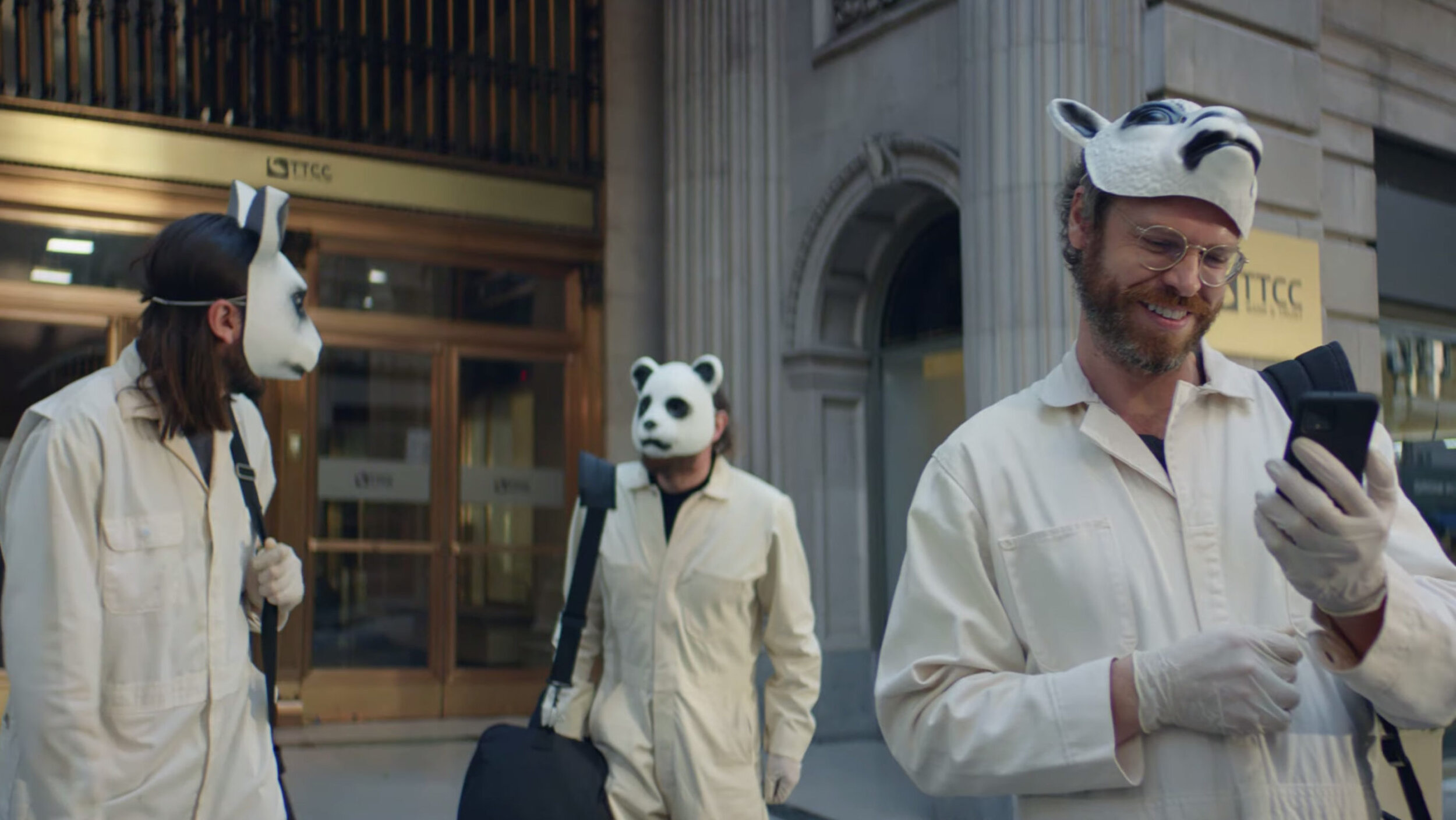
Adweek
Super Bowl Ads Boosted Streamers Like Netflix and Hulu, But Strategies Are Shifting
Original article can be found here
By Kelsey Sutton. January 31, 2020.
It’s just about time for the Super Bowl, the annual apex of sports entertainment that has long been a marketing bonanza. While the biggest drivers of the game’s record ad prices have been in sectors like automotive, technology, beverages, CPG, retail and telco, there’s another small but increasingly reliable category of Super Bowl advertisers: streaming services.
Companies like Amazon Studios, Hulu and Netflix have all spent big in recent years to promote new, buzzy programming they hope to entice viewers to watch. Those companies have all reliably advertised in the Super Bowl for the past three years, and approached their big game marketing much like a major movie studio does: airing trailers for their high-profile originals instead of messaging that promotes the entire service as a whole.
“If you look at how streaming services have competed in the public eye before, it’s really been on content. It’s all about who’s got the best shows, who’s got the most popular shows,” said Jenna Isken, the associate director of experience at the branding firm Siegel+Gale. “We know the things people are going to be talking about around the water cooler is the content, so these services have so far taken a movie studio preview approach.”
Take Amazon Studios, which for three consecutive years has aired Super Bowl ads promoting tentpole programming soon to debut on the service. For the service’s first-ever big game ad in 2018, Amazon showed off the big-budget action series Tom Clancy’s Jack Ryan; this year, the company will continue with the same strategy, running a 30-second spot for its anticipated upcoming thriller Hunters, starring Al Pacino.
Marketing and branding experts say the advertisements centered on specific offerings helps solidify services’ legitimacy by building interest in major programming and establishing their platforms as entertainment powerhouses. Instead of heading to theaters to buy a ticket, though, interested consumers will have to spend time after the game to determine exactly where to find those shows and movies, presenting a wrinkle in the typical theatrical Super Bowl strategy.
“Very rarely do we see a movie preview and go, isn’t that great what Pixar or Paramount just came out with?” Isken said. “For [movie studios,] that information is unimportant for the consumer’s next step. But with these streaming providers, it’s actually on consumers to figure out how to get that content.”
Some streamers have found ways to make the next step for consumers easy. Netflix’s 2018 ad for its film The Cloverfield Paradox, which the service began streaming immediately after the game, was a particularly effective marketing move, said Paul Hardart, a professor of marketing at New York University’s Stern School of Business, because it encouraged people to navigate to the streaming service that same night.
“A lot of studios use the Super Bowl to launch their summer films or their tentpoles with a teaser to sort of seed awareness for a movie that will premiere four or five months later,” Hardart said. “With Cloverfield Paradox, it was one ad, and the only action you had to take was watch it because it was available immediately. That was a powerful thing: to say you can watch this right now instead of filing it in the back of your head. And it was the price of one ad versus probably a $60 million campaign.”
HBO’s 2019 Super Bowl ad, a joint effort with Bud Light to promote Game of Thrones, was an immediate hit when it aired two months before the drama’s record-breaking final season aired in April. While the ad served to drive awareness around the final season, it focused on Game of Thrones-specific characters and elements and didn’t build the HBO brand more generally (including its OTT offering, HBO Now), Isken said.
“Everyone was super excited about it, but now Game of Thrones is over, HBO is not necessarily milking the residuals they may have been for that ad and that show,” Isken said. “That’s the thing about these shows: they end.”
Both Hardart and Isken say they expect streamers will shift back to broad-based advertising strategies as streaming competition grows fiercer, with Peacock and HBO Max set to enter the space in the coming months.
“I think we will start to see the pendulum swing back to the idea that these services are brands,” Hardart said. “When you have a subscription relationship as opposed to going to the movies one time, you have to focus on the brand and the ongoing relationship. That may translate to ads about [library] depth versus specific shows.”
Hulu, which first advertised in the Super Bowl back in 2009, is the only major streamer to have dabbled both in program-specific advertising and more general brand-building spots during the game. The company’s first Super Bowl ad featured Alec Baldwin showing off the service’s array of TV programming. Since returning to the game in 2017, Hulu has chosen instead to air ads centered on its award-winning original drama The Handmaid’s Tale (in 2017 and 2019) and Stephen King-inspired anthology series Castle Rock (in 2018).
There’s no word yet on what Hulu is planning his time around, though the company is expected to run a Super Bowl ad for the fourth consecutive year (Hulu declined interview requests and did not comment on its Super Bowl plans).
There are signs that streamers’ Super Bowl marketing strategies are already shifting. Netflix will not run an ad in the Super Bowl this year, a spokesperson said; the service will instead run a 30-second spot prior to kick-off, where ad rates are considerably lower.
The move comes as Netflix cut some marketing staff and is reportedly considering refocusing its marketing on the service instead of individual shows. HBO, which also declined interviews, hasn’t released any plans for a Super Bowl advertisement this time around.
